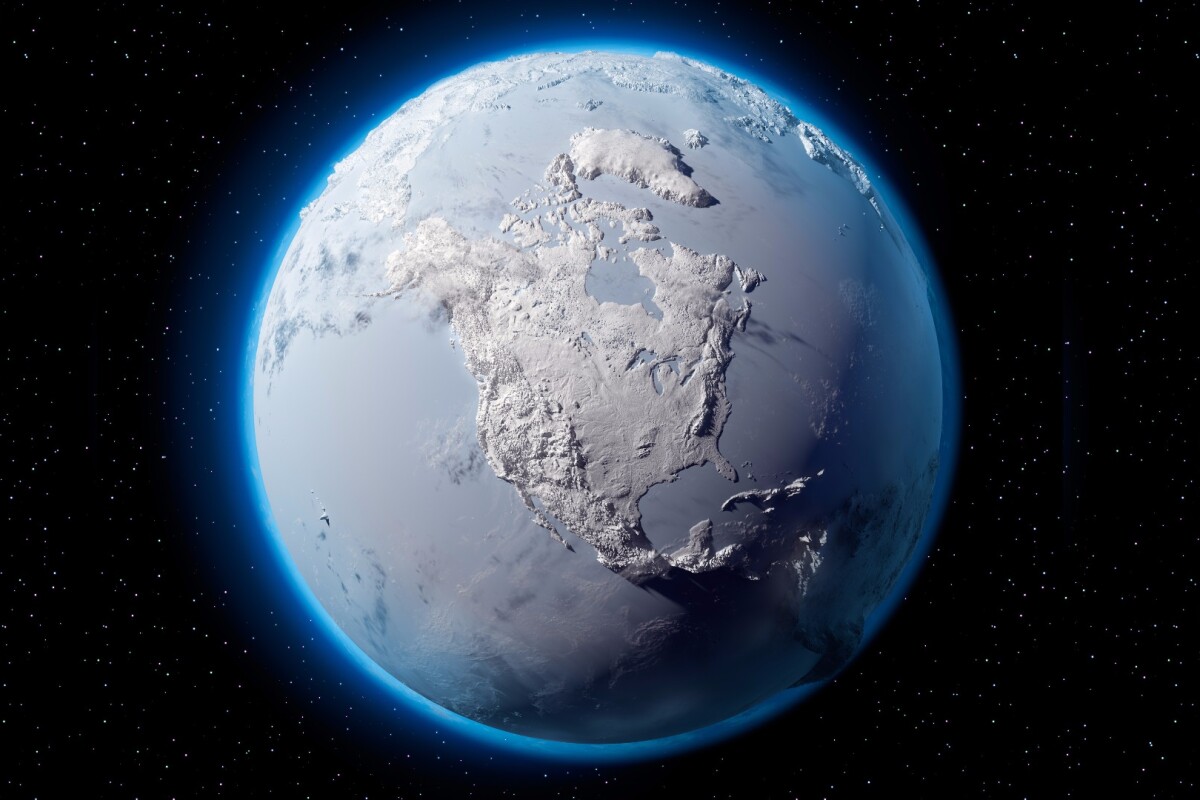For billions of years bacteria dominated the globe, but at some point a major transition occurred and complex multicellular life began to take hold. The when and why of this transition has been the source of great debate for years, but a team at the Australian National University (ANU) has made a discovery that could finally answer those questions – and it takes us all the way back to a time when the Earth was a giant snowball.
An extreme ice age hit the planet around 717 million years ago. Known as the Sturtian glaciation, this event is more informally dubbed "Snowball Earth" and it's thought to be the most extreme, and long-lasting, ice age the planet ever experienced. For around 50 million years, the entire globe was essentially covered in ice.
In between the Sturtian glaciation and the planet's next, but much shorter, glaciation event there was a small stretch of around 15 million years. It is this relatively short time frame that scientists from ANU are now calling the "rise of the algae", with evidence showing the time period signaled a rapid rise of marine planktonic algae.
But what happened in this small window of time to cause such a dramatic ecological shift on the planet?
"The Earth was frozen over for 50 million years," explains lead research Jochen Brocks. "Huge glaciers ground entire mountain ranges to powder that released nutrients, and when the snow melted during an extreme global heating event rivers washed torrents of nutrients into the ocean."

As the oceans were suddenly fueled with such high levels of nutrients, the perfect conditions appeared for algae to thrive. The ANU research tracked this explosion in new algae by studying ancient sedimentary rocks found in Central Australia.
"We crushed these rocks to powder and extracted molecules of ancient organisms from them," says Dr Brocks.
The explosion in algae growth during this window of time is now thought to be the major trigger that allowed larger and more complex life forms to evolve. The study notes that the timing of this algae explosion explains the concomitant appearance of complex predatory rhizarians and sponges.

"These large and nutritious organisms at the base of the food web provided the burst of energy required for the evolution of complex ecosystems, where increasingly large and complex animals, including humans, could thrive on Earth," says Dr Brocks.
Interestingly, the next glaciation period, the Marinoan glaciation, didn't reverse this remarkable step forward. Lasting an estimated 15 million years, the Marinoan glaciation ended approximately 635 million years ago, marking the beginning of the Ediacaran period, where we can track the oldest multicellular organisms.
This new ANU research explaining the "rise of the algae" fills a gap in our knowledge, offering strong evidence to explain the subsequent growth of complex lifeforms on our planet. It's undoubtedly a striking, and ground-breaking, discovery that shows how the most dramatic ice age the planet has ever seen directly triggered a process that led to the evolution of complex life.
The research was published in the journal Nature.
Source: Australian National University






